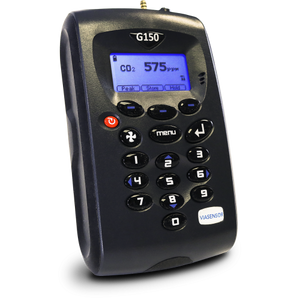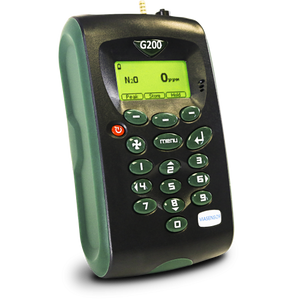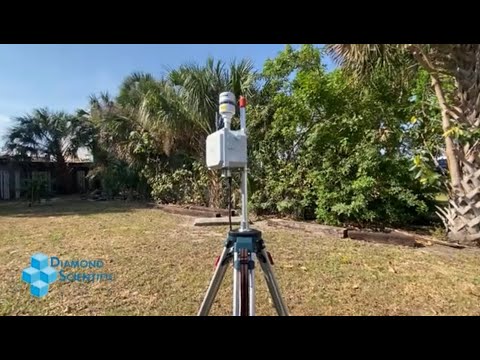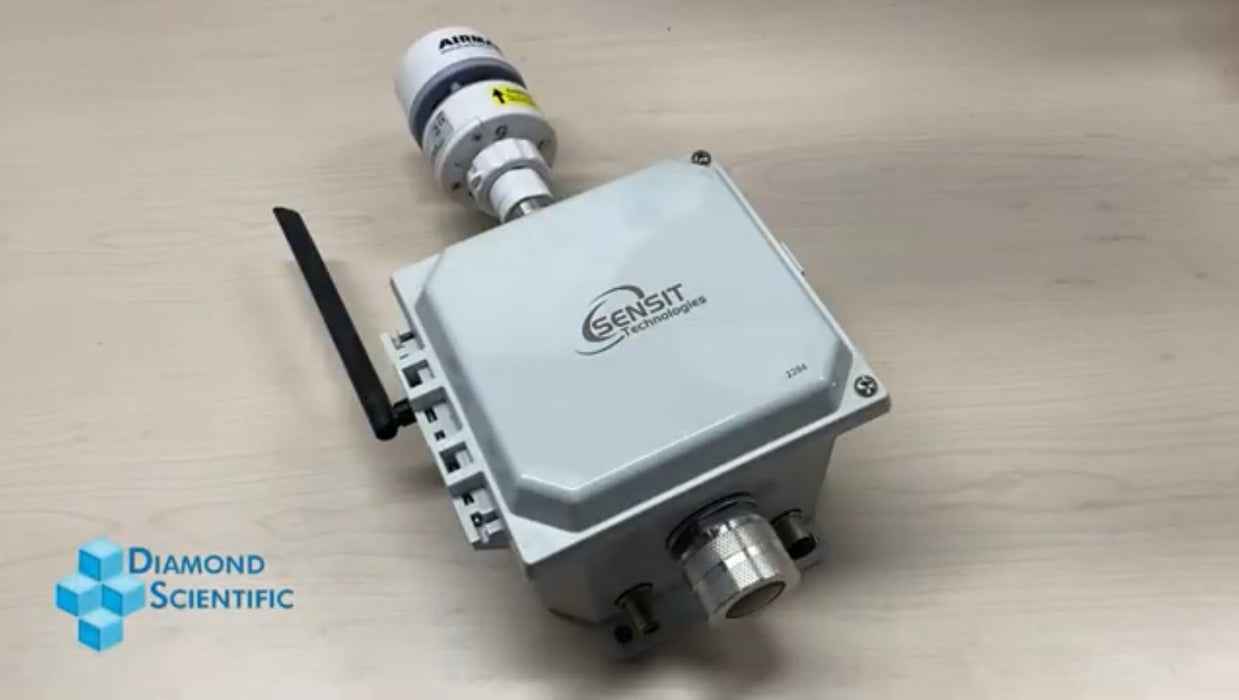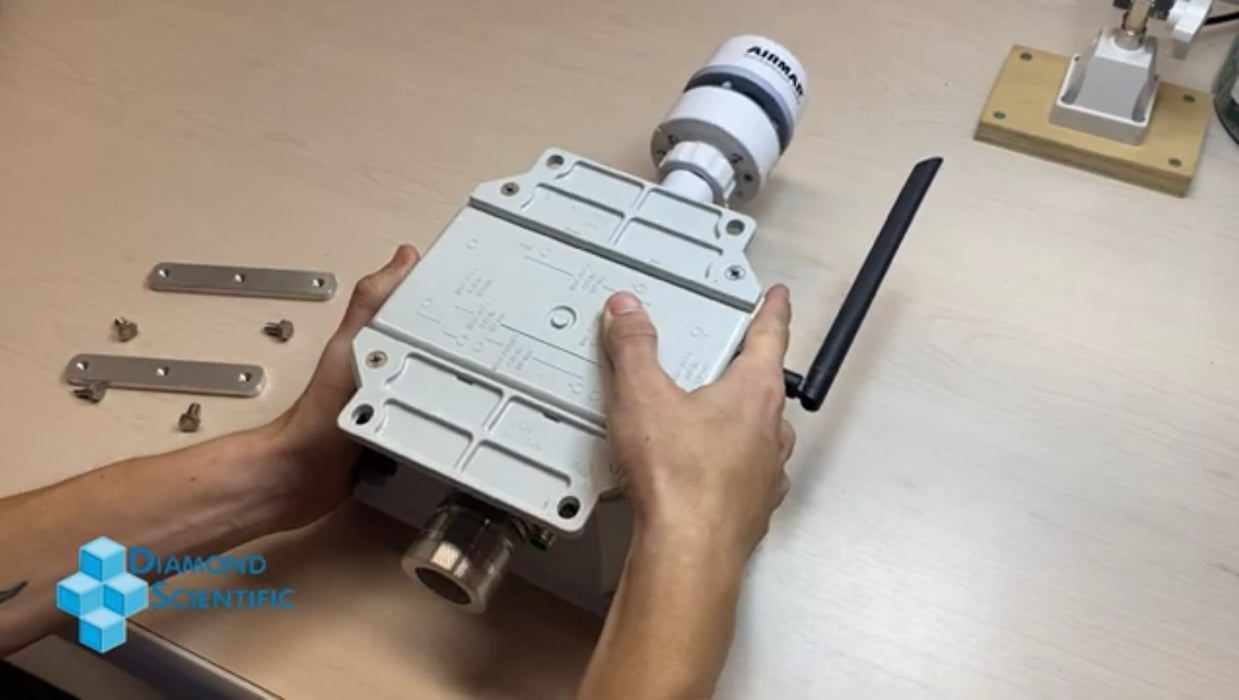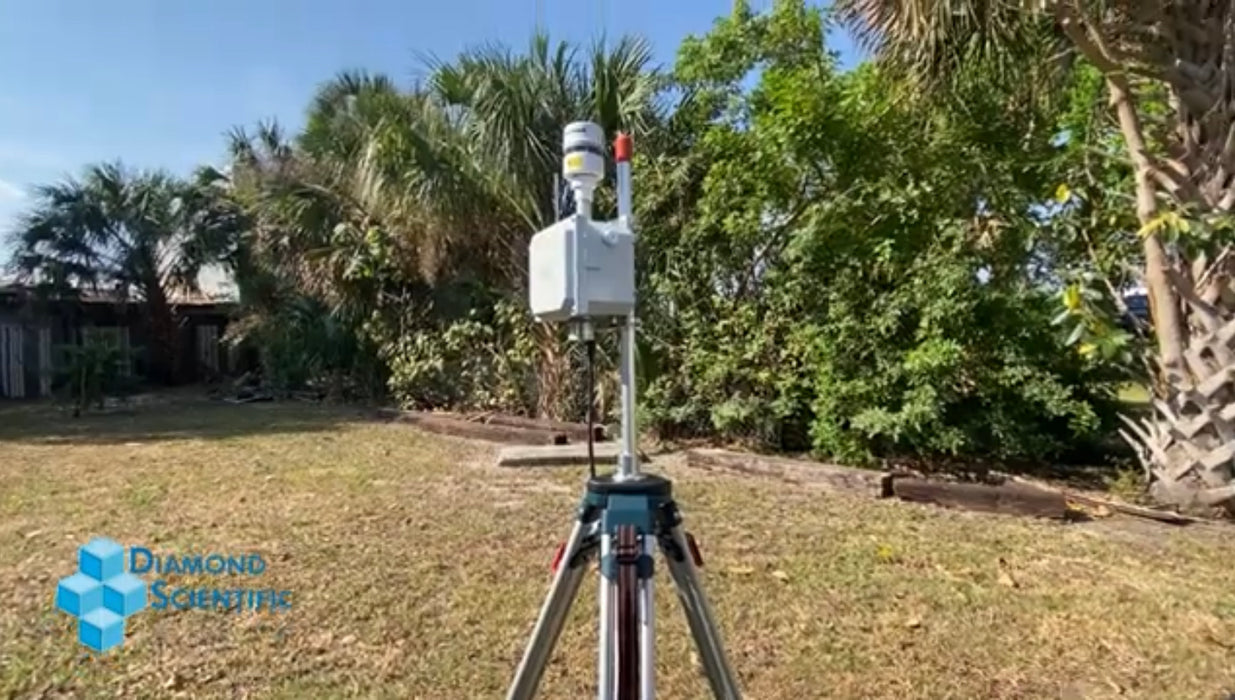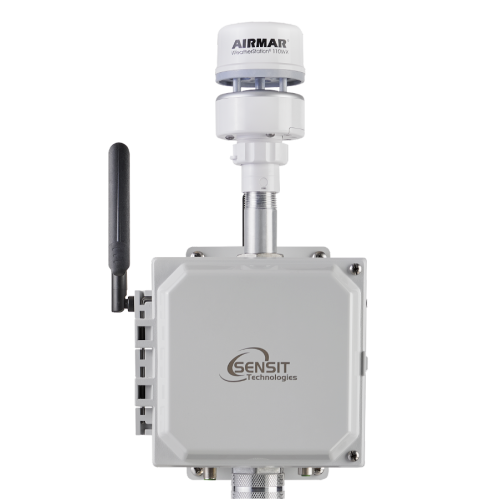
SENSIT SPOD VOC Emissions and Air Pollutant Monitoring System
Size: Fully assembled without anemometer or antenna D x W x H (6” x 8” x 16”)
Weight: Base unit: 6.5 lbs
Operational Temp: -10°C to 50°C
Voltage Requirements: 18V – 24V DC Charging (wired adapter or solar panel)
Mounting: Attached Mounting Flanges
Current Requirements: 2A Max Current Draw when Charging
Operating Runtime: 2-5 Days Battery Backup
Operating Temp: -20°C to 50°C
Data Outputs: Digital Wired Output (3.3V TTL - USB) | Wireless (4G IoT Cellular Included)|
Optional Analytics on Server | SD Card Data Backup
Benefits:
- 24/7 continuous monitoring
- Direct reading
- Solar-powered
- Assists in locating the source of emissions
- SD Card Data backup
- Optional ultrasonic anemometer
- Optional sample collection hardware
Applications:
- Oil and Gas Production - Fugitive and Process Emissions
- Municipal Government Services - Hazardous Pollutants/Nuisance Odors
- Industrial Health, Safety, & Compliance - Industrial Site Fenceline Emissions Monitoring
- Environmental - Ground-level Ozone Precursors
- Emergency Response - Spills, Leaks, Explosions
Description
The SENSIT® SPOD is a solar-powered sensor system that combines wind and air pollutant concentration measurements to detect Volatile Organic Compounds (VOC) emission plumes and help locate the source of emissions.
With a small footprint, the user-friendly SENSIT® SPOD is designed for near-fenceline pollution control applications where localized emissions may be present. This Next Generation Air Measurement (NGAM) sensor offers real-time continuous monitoring and direct-reading, without laboratory analysis at a lower cost than traditional methods.
The SENSIT® SPOD features solar charging and global cellular integration for remote operation. SENSIT® SPOD includes an Ultrasonic Anemometer for wind speed, direction, temperature, humidity, and pressure.
An ultraviolet (UV) light source within a photo ionization detector (PID) breaks down VOCs into positive and negative ions. The PID measures the charge of the ionized gas. The measured charge is associated with the concentration of VOCs in the air.
No. There are over 10,000 VOCs and depending on their ionization energies (IEs), the UV light source within the PID can or cannot ionize these compounds. The light source will ionize those compounds with an IE lower than the energy output of the UV light.
The SPOD can be configured with one of three lamps: 10.0 eV, 10.6 eV, and 11.7 eV.
Any of the lamps previously mentioned will ionize benzene and toluene since they have IEs less than all three lamps but you may prefer to choose the 10.0 eV lamp since using a light source with higher energy output will ionize other VOCs with IEs greater than 10.0 eV.
Yes. Options include utilizing user-provided sorption tubes to collect air samples and samples collected in passivated stainless steel canisters. The samples can then be separated by gas chromatography

